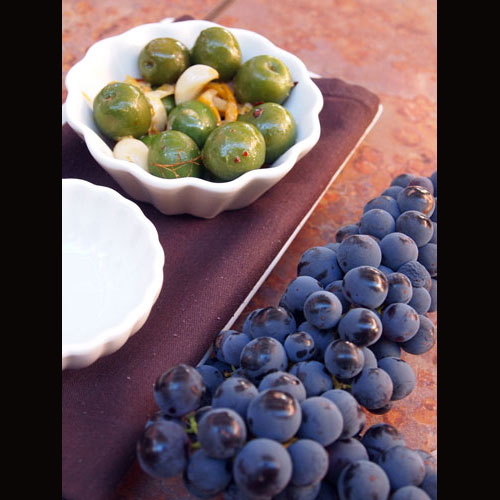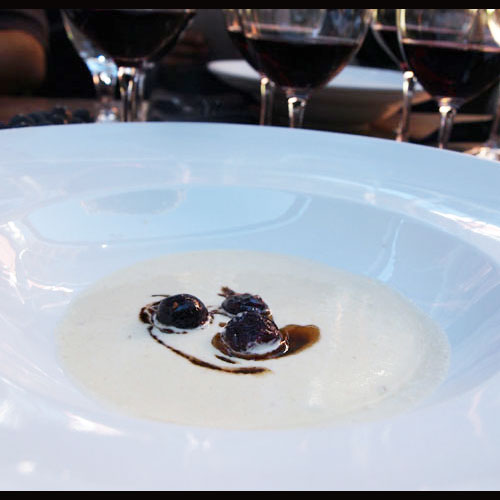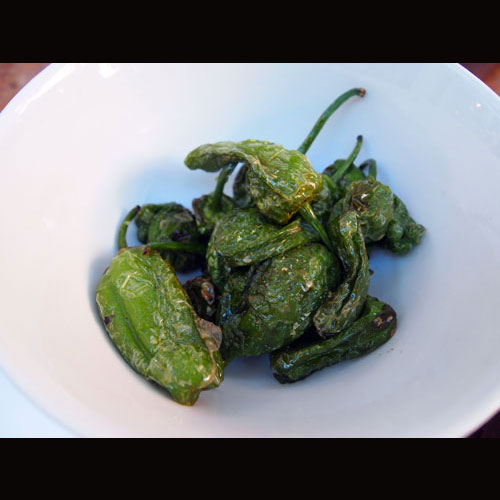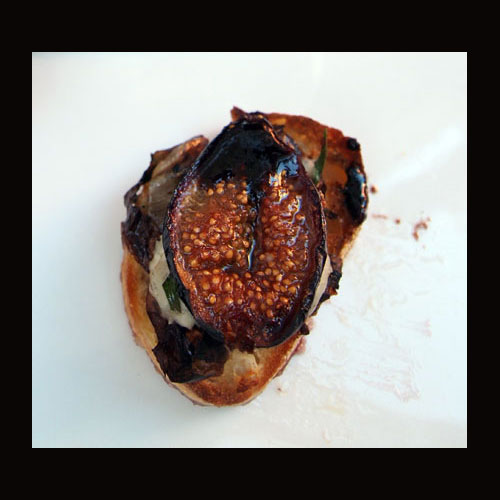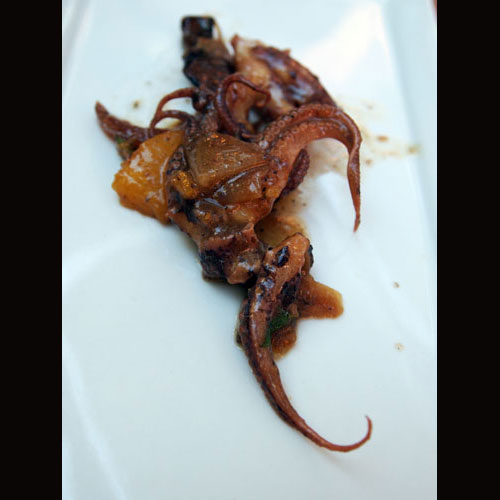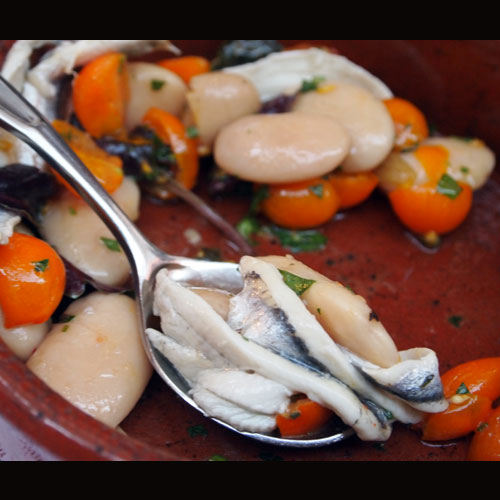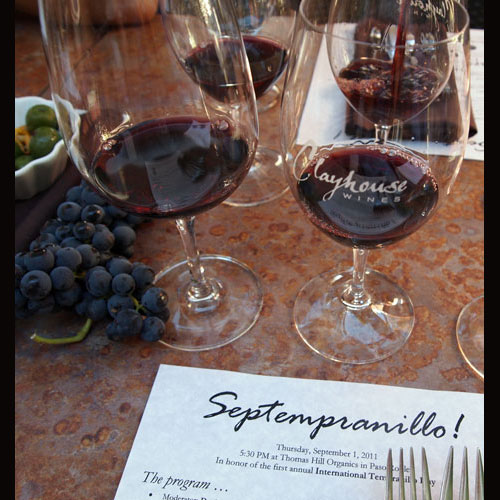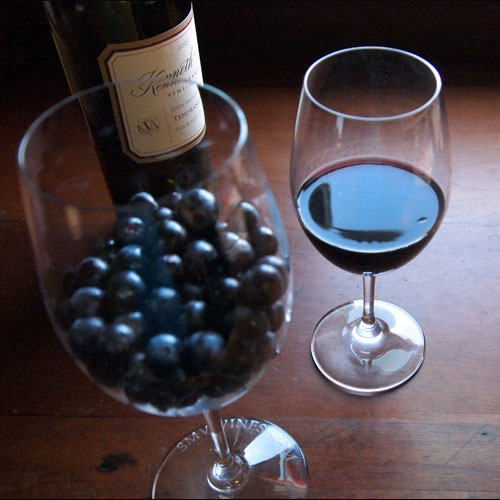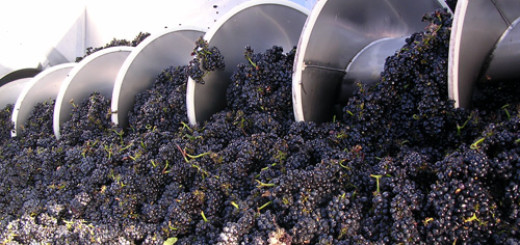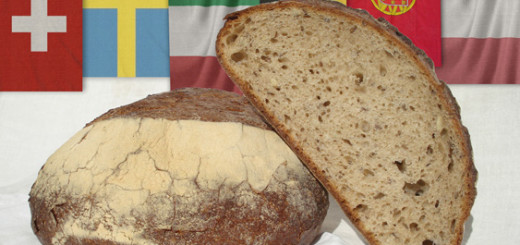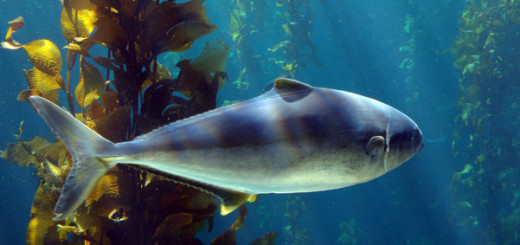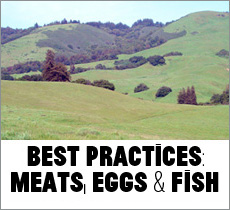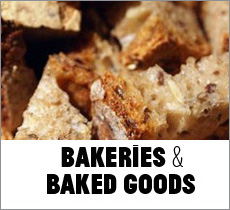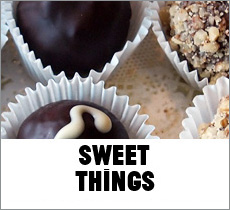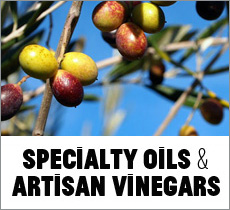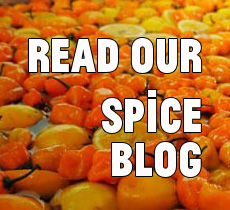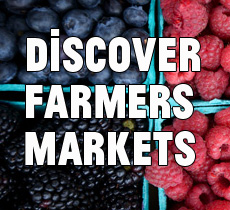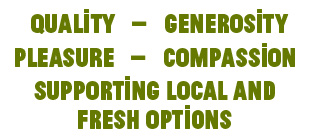¡Bravo Tempranillo!
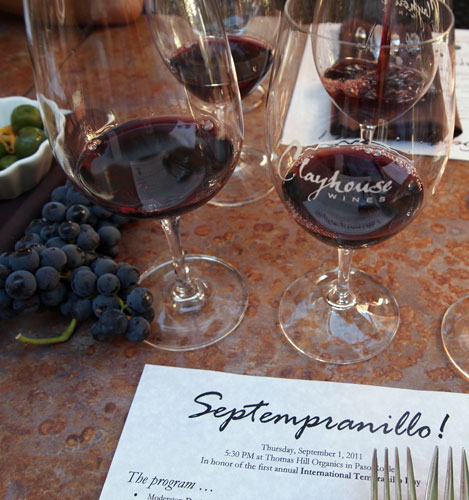
TAPAS organized the event
Gather some friends, open a bottle, and continue the Tempranillo celebration that began September 1 across the country, including at the pleasant courtyard of Thomas Hill Organics in downtown Paso Robles. This tasty, informative event brought together Tempranillo growers and winemakers, Slow Foodies, and those who enjoy world travel via wine glass and silverware. The Tempranillo Advocates Producers and Amigos Society, or TAPAS, had arranged the evening to help celebrate this savory variety. Our destination? The Iberian Peninsula, the birthplace of both Tempranillo and tapas, via the Central Coast.
Five Tempranillo producers, including winemakers and growers from Verdad Winery & Vineyard, Kenneth Volk Vineyards, Bodegas Paso Robles, Castoro Cellars, and Derby Wine Estates led this educational dinner theatre. Clayhouse Wines representative David Hance moderated the evening. Starting with a palate-cleansing glass of cava, we began with a welcome offering of olives, garlic, and ripe Tempranillo grapes. Once the first wines were poured, the tapas began to arrive from the kitchen by way of the Spanish vacation memories of Thomas Hill Organics Chef Julie Simon.
Spanish Tapas
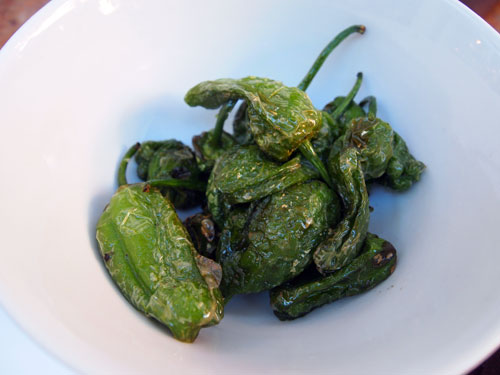
fried Padrón peppers and smoked sea salt
With fourteen wines to taste and six discrete tapas shared at each table, the event’s 1.5 hour limit would prevent much discussion of the food. Some Slow Foodies were hoping for more insight to the food served that night but the wines demanded most of the description and verbal exploration. On a quiet afternoon between busy lunch and busy dinner, Chef Julie explained why she chose what she described as “really traditional Spanish tapas.” When they moved to southwest France from Paris when she was twelve, her family began to vacation at beautiful, relaxed, and social beaches in Spain. She remembered quality beach time, lots of eating, and really late nights. “The rhythm of life is much more different,” explains Chef Julie. “You wake up somewhat early-ish, you hit the beach, you get back out of the sun from 12 to 4 o’clock, and then you go out again. And then you spend all your evenings eating and drinking up until ridiculous hours.” The traditional Spanish tapas she prepared for this evening provided an interesting contrast to the Central Coast Tempranillos poured during the event from San Benito, Paso Robles, Santa Ynez Valley, and other parts of the Central Coast.

Chef Julie Simon of Thomas Hill Organics
“These people really take the time to enjoy every bit of life and the simple pleasures,” concluded Chef Julie as she reflected on the collection of fresh, savory, and powerful flavors that had propelled and sustained the social moments at table with family and friends during those Spanish vacations. Back in Paso Robles, each table shared a range of six discrete Spanish tapas including almond gazpacho, fried Padrón peppers and smoked sea salt, and grilled fig and Humboldt Fog bocadillo. The peppers with sea salt were a favorite of min—-great flavor, deep spice, and the power to stand up to a complex Tempranillo. Other dishes that arrived later in the evening included marinated baby octopus with caramelized onions, nectarines, and sherry vinagrette as well as white Spanish anchovies with Gigante beans and a farm fresh egg. The last dish of our tapas-Tempranillo tasting was seared Piquillo peppers and bacalao, filled with pureed salted cod and potato with roasted garlic and olive oil. From the subtle to the assertive, an interesting range of Spanish flavors swirled in the mouth with these complex wines.
[View slideshow below]
SEPTempranillo! Panel
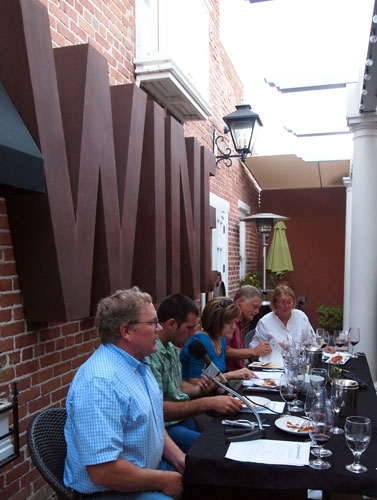
from left: Ken Volk, Steve Vierra, Louisa Sawyer Lindquist, Tom Myers, Dorothy Schuler
“I don’t think anybody’s ever tasted all of these Tempranillos together,” observed Dorothy Schuler, winemaker with Bodegas Paso Robles. Dorothy looks like she had fun organizing the wines for this event. The panelists for the evening each provided insight into different elements of this varietal while we made our way through a selection of wines from 100% Tempranillos to blends to barrel samples as well as cool and warm climate wines. The winemakers in the audience briefly provided some insight and context for their wines we enjoyed before David moved us on to the next one. Winemakers in the audience from WCP Cellars, Slate Ranch Vineyard, and Dubost Ranch shared their expertise.
During the panel, Ken Volk of Kenneth Volk Vineyards discussed “Tempranillo in California” after first taking us through an abbreviated history of this wine. “Some of my favorite varietals come from the Iberian Peninsula,” says Ken who, as always, approached this wine with his mixture of art and science. Steve Vierra of Derby Wine Estates discussed “Farming Tempranillo,” which does not sound easy. This vigorous, highly-productive varietal generates yields that must be controlled firmly, often with three passes to drop fruit. The fruit delights marauding birds during harvest. It has huge leaves that must be pulled carefully to ensure a balance of sun and shade; these large leaves also make the vine open to wind damage, especially if un-trellised. “Why should anyone bother with Tempranillo?” asked David after hearing about the many challenges. [Laughter] The answer’s in the glass.
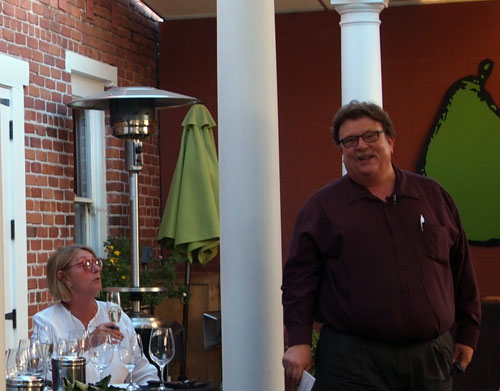
Dorothy Schuler and David Hance
In her presentation “Warm vs Cool Climate Tempranillo,” Louisa Sawyer Lindquist of Verdad Winery & Vineyard surveyed the differences in the sites and resulting wines from producing Tempranillo in both Edna Valley’s cool climate and Santa Ynez Valley’s warmer climate. Tom Myers of Castoro Cellars discussed “Winemaking Tempranillo” including a survey of the range of flavors that can be drawn out from the grape including tobacco, dark red fruit and spice as well as strategies for tannin management through vinification practices, among many other decisions that winemakers must confront when working with this varietal. Finally, Dorothy Schuler of Bodegas Paso Robles discussed “Blending Tempranillo.” “Blending is one way to deal with the high Ph levels of Tempranillo,” she observed as she contrasted Paso Robles Tempranillo and that of Spain. As we rounded out the evening she explained the blends of Bodegas Paso Robles Tempranillo-Cabernet Sauvignon and Tempranillo-Graciano blends in our glasses.
I confess that my head was swimming from moving with such a rapid pace through so many wines and diverse flavors. When Mr. Spice and I travel to Spain next year during our global Grand Tour, we look forward to enjoying Spanish flavors at an Iberian, Slow Food pace. Until then, we travel by food and wine through our Central Coast kitchen.
chef photo: Thomas Hill Organics

